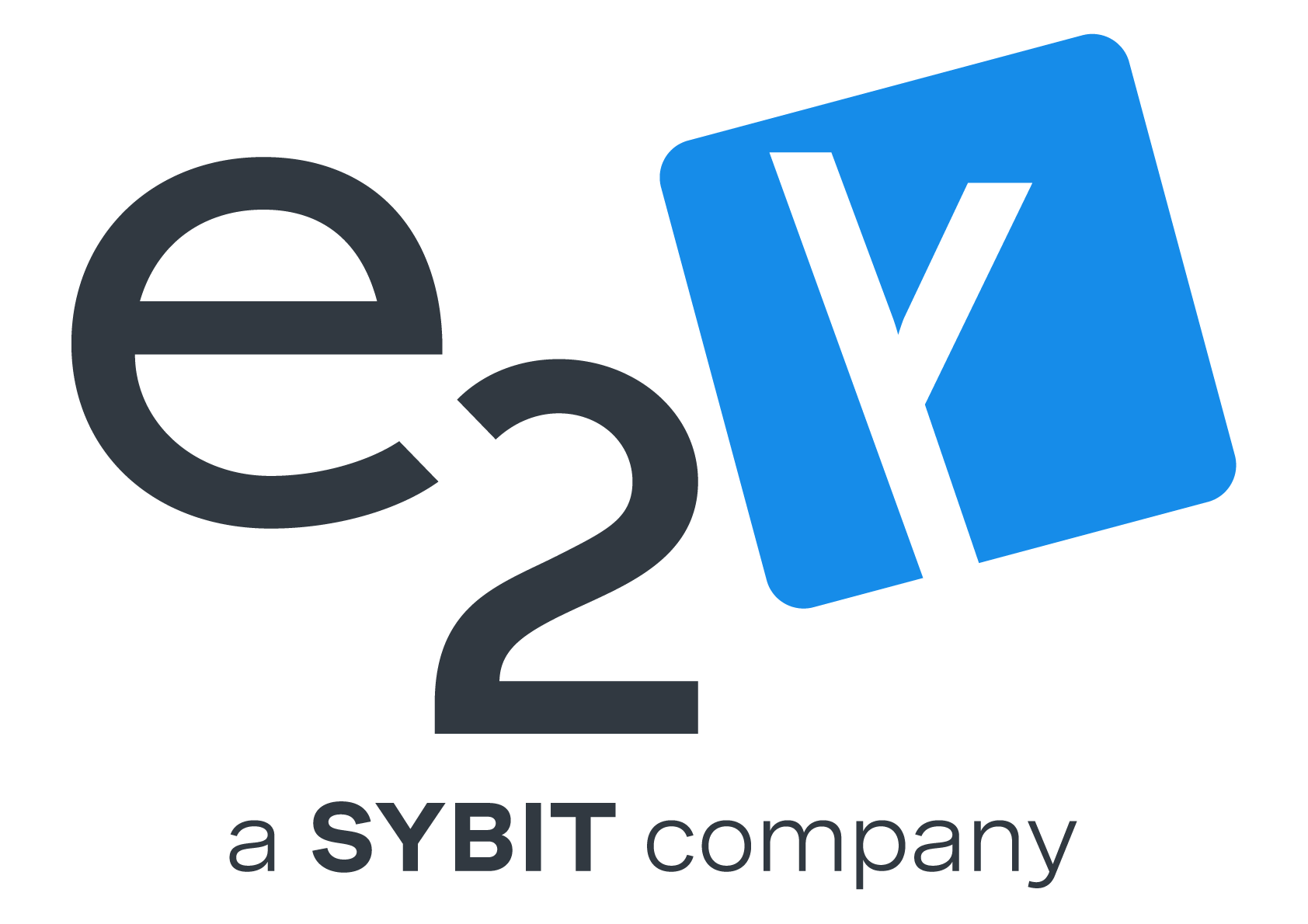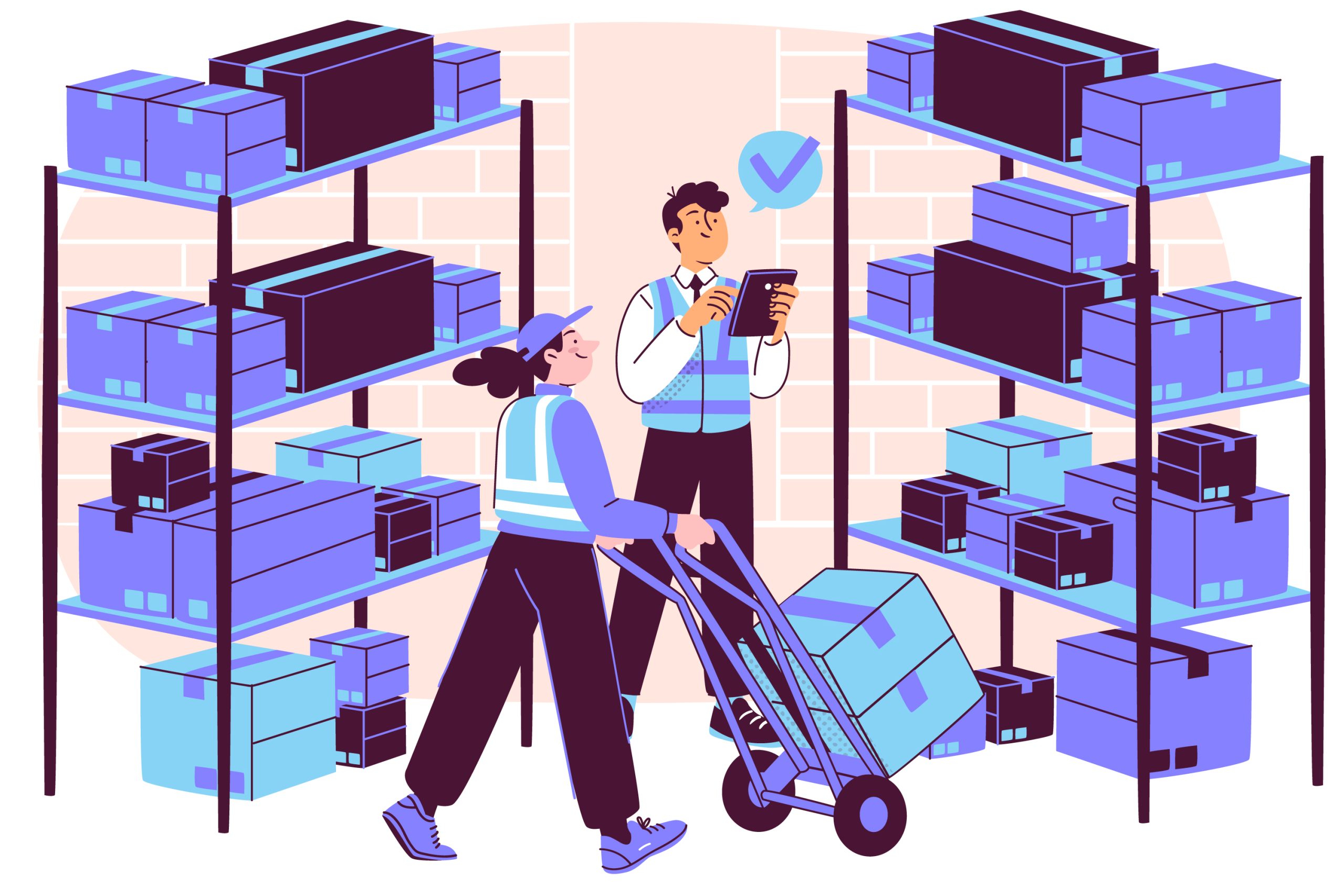Ensuring a streamlined seller onboarding process is crucial for marketplace success. Research indicates that a complex onboarding process can reduce new seller sign-ups by 15%. Therefore, it’s essential to implement efficient and user-friendly practices to streamline this process. This short guide explores the best practices for seller onboarding, focusing on simplifying registration and verification processes and improving efficiency.
1. Build a Dedicated Onboarding Team
Establish a dedicated team aimed at supporting and facilitating the initial phases of seller onboarding. This team will prioritise streamlining processes and offering hands-on assistance to sellers, ensuring a seamless integration onto the platform. As the number of onboarded sellers increases, the team can transition to providing continuous support and guidance, adapting to the changing requirements of sellers over time.
2. Streamline Seller Registration and Verification
Create a smooth, user-friendly registration experience by guiding sellers through a simple and intuitive form that collects essential information, including business details. Implement automated workflows to expedite routine tasks such as document verification, thereby enhancing efficiency, reducing manual errors, and accelerating the overall onboarding timeline.
3. Enhance Training and Support Resources
Offer a variety of training resources, including webinars, documentation, and one-on-one assistance. Develop engaging, interactive training modules to educate sellers about platform features, policies, and best practices, ensuring they are well-equipped to navigate the marketplace.
4. Ensure Compliance and Legal Clarity
Inform sellers about legal and regulatory compliance, including tax obligations and intellectual property rights. Ensure these considerations are tailored to specific country regulations to maintain a transparent and trustworthy seller base.
5. Set Clear Performance Expectations
Communicate honestly with sellers about performance metrics and expectations, such as order fulfilment times and customer satisfaction ratings. Define the scope of work, quality standards, payment terms, and KPIs. Regularly monitor and review these metrics to provide actionable insights and guide sellers towards continuous improvement.
6. Continuously Improve the Onboarding Process
Regularly gather feedback and performance data from sellers and internal stakeholders to refine the onboarding process. A commitment to continuous improvement ensures the process remains responsive to the evolving needs of sellers and the marketplace.
7. Proactively Communicate and Support
Establish clear, multichannel communication channels for sellers, including chat support, email assistance, and dedicated onboarding specialists. Actively communicate updates, policy changes, and important announcements to build trust and keep sellers well-informed, reducing misunderstandings and compliance issues.
How e2y Can Help
As Mirakl marketplace experts and partners, we excel in optimising your seller onboarding process with tailored Mirakl solutions. By utilising Mirakl Connect, you can harness its capabilities to support a network of integrated sellers, expediting onboarding and enhancing overall marketplace efficiency. This strategic approach not only simplifies operations but also ensures a swift and effective launch for your marketplace.
Image by storyset on Freepik




